About the Tire Pressure Monitoring System (TPMS)
TPMS is a car accessory that enhances driving safety, promptly alerting drivers to abnormal tire conditions. Its main functions include remaining alert for tire leaks, abnormal tire pressure, and temperature. Therefore, TPMS is considered to be an indispensable accessory for modern vehicles. The units for tire pressure measurement include: bar, kPa, PSI, and kg/cm2; PSI is commonly used in Taiwan. The average tire pressure is between 35-40 PSI, therefore tire pressure should not be too high or too low. However, it is important to mention that tire pressure values may vary due based on the following factors: season, load, tire age, and tire brand.
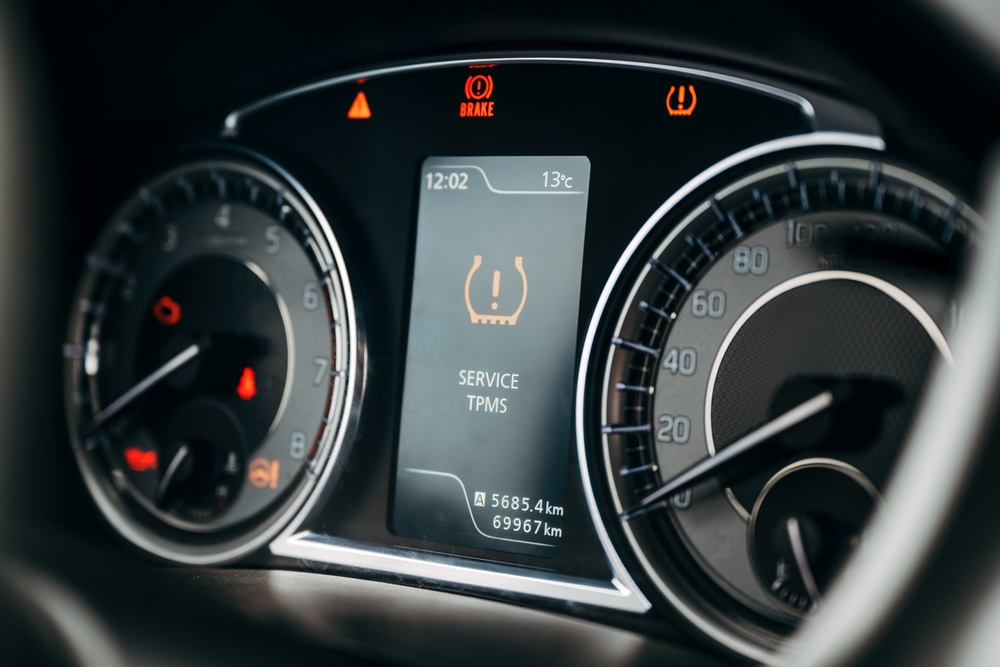
TPMS Operation Modes
There are two modes for operating TPMS on the market: “Indirect TPMS” and “Direct TPMS”. Both indirect and direct each have their own advantages and disadvantages.
Indirect TPMS
“Indirect TPMS” compares the differences in rotation speed of all four wheels while driving using the ABS/ESP system’s wheel speed sensors to alert drivers of abnormal tire conditions.
Direct TPMS
“Direct TPMS” directly measures the air pressure inside the tires using pressure sensors, transmitting the tire data to a receiver via a sensor.
TPMS Transmission Methods
The tire pressure monitoring systems may be broadly classified into the following types depending on the transmission method:
Low-power radio
A low-power radio frequency of 433 MHz is used to transmit detection information to a receiver, which is either capable of being paired with the In-Vehicle system or being used with a separate digital display.
Bluetooth
Detectors transmit information via Bluetooth to a smartphone, which then alerts the driver through the mobile app.
Aside from the two main types, there are also hybrid products that combine low-power radio and Bluetooth. Within Hybrid products, the sensors transmit information to the receiver within low-power radio format. Then, the receiver transmits the information through the mobile app for consolidation via Bluetooth.
TPMS Display Methods
Mobile Application
Data is directed throuch a mobile app, alerting drivers to any abnormal conditions, eliminating the need for an additional display screen in the vehicle.
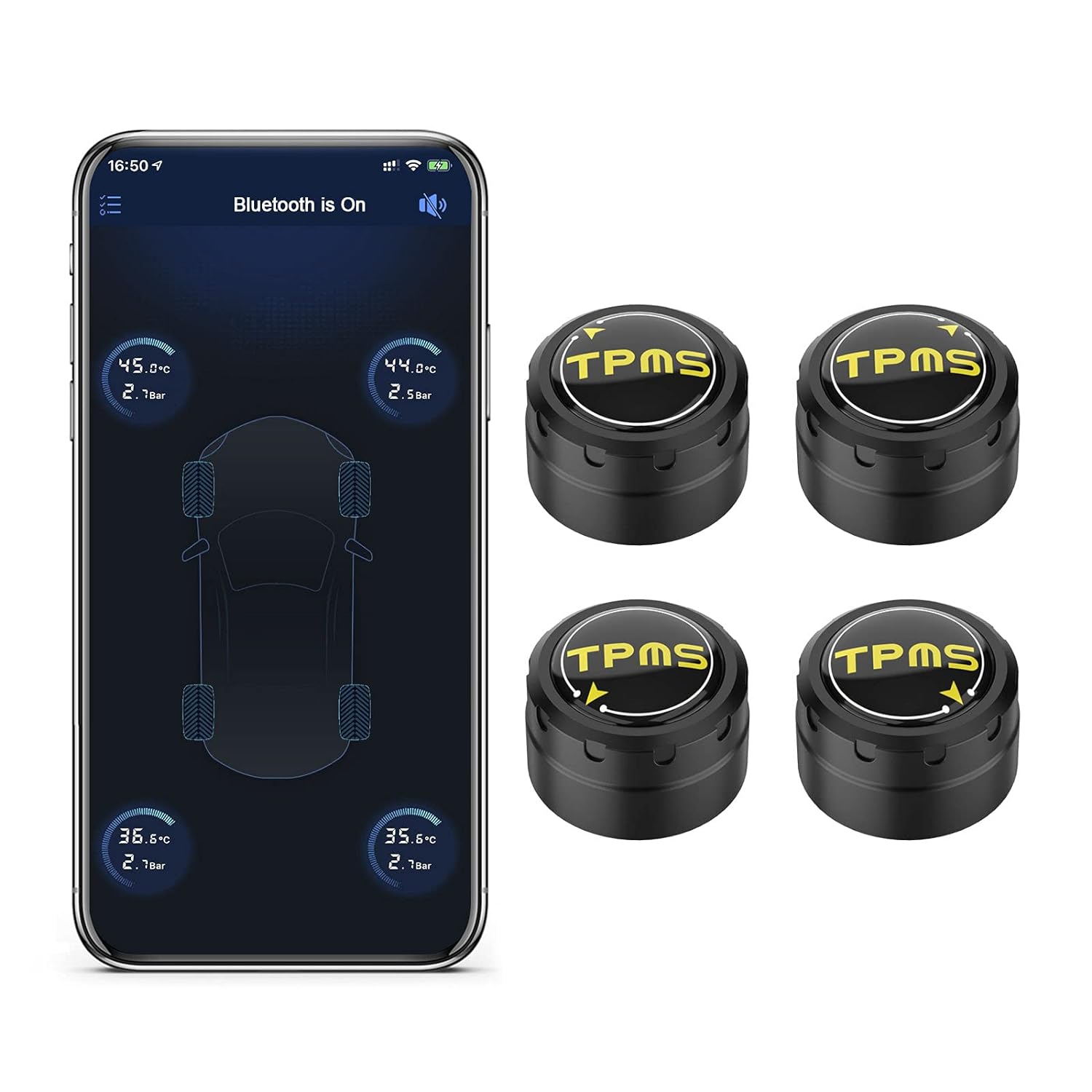
In-Vehicle system
New cars come equipped with TPMS, which comes displayed on the manufacturer’s digital dashboard or onboard host screen.
Independent Display Screens
Independent display screens offer high flexibility, unlike displays within In-Vehicle systems. Car owners are capable of freely choosing to place their devices in different positions. Aside from dashboard-mounted display screens, there are also lesser-known options, whose types include: head-up display, cigarette lighter, electronic rearview mirror, and so forth.
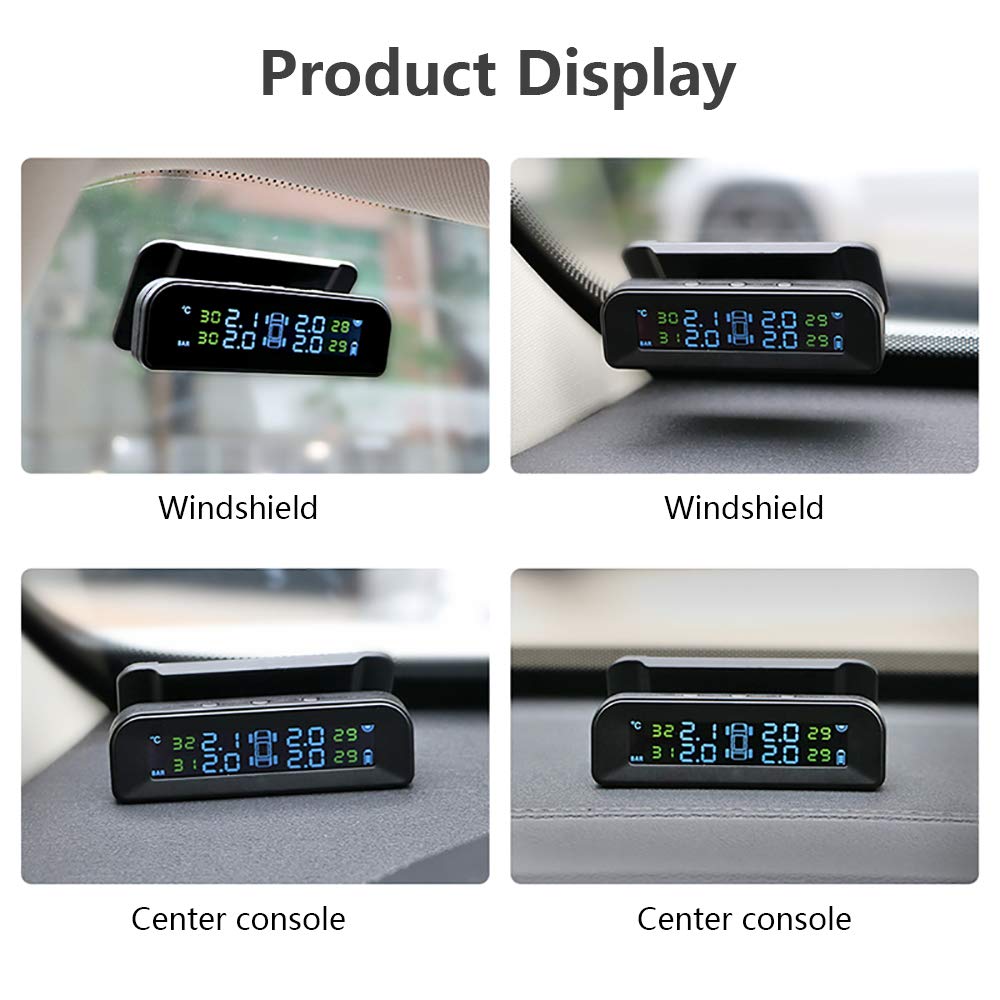
Common Issues with TPMS
TPMS is effective in preventing traffic accidents, providing real-time detection in addition to displaying the tire’s pressure and temperature; data accuracy and warning messages are crucial for drivers. Therefore, the hidden risks related to the tire’s pressure monitoring system must not be underestimated, as it not only affects the user experience but also directly impacts driving safety.
To facilitate a quick understanding of the potential issues with TPMS, Allion has analyzed consumer usage scenarios and feedback. Below are the five most common problems identified:
Issue 1: Unable to Detect Sensors
If the receiver or mobile app is unable to detect 1< sensors, it is likely due low power radio or Bluetooth signal interference. Symptoms that also fall under this category include: failure to connect in addition to the inability to bind or pair to sensors.
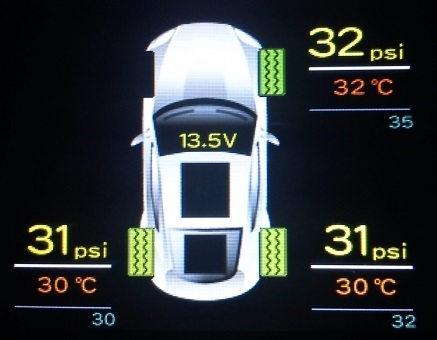
Issue 2: Incorrect Detection Data
Due to sensor abnormalities, issues involving incorrect data and false alarms are capable of occurring. This results in inaccurate data, misjudgments, the display of zero values (indicate no tire pressure detected), and incorrect warning messages. However, it is possible to occasionally restore TPMS’s operation by restarting the device. To do so, it is necessary to turn the vehicle OFF on the roadside then start driving again. This issue leads to temporary driving suspension, causing inconvenience and safety concerns for drivers. Consequentially, trust in the product is affected, leading it to be considered very serious when they do occur.
Issue 3: Unable to Update Detection Data in Real Time
This type of issue is considered normal if it occurs within indirect TPMS, seeing as indirect tire pressure monitoring systems require their tires to rotate for a certain period of time to calculate abnormalities. Hence, they are unable to update data in real-time. However, when it occurs in direct tire pressure monitoring systems there is a delay in updating data for a period of time. Direct tire pressure monitoring systems are capable of, theoretically, updating data in real time, so it not only inconveniences usage but also prevents drivers from instantly understanding their current tire conditions.
Issue 4: Issues Related to Mobile Apps
There is an abundance of feedback accounting to issues in regards to the mobile app. Seeing as the app is part of the tire pressure monitoring system, it should not be overlooked. Frequent issues regarding the app include:
- Bluetooth connectivity issues, instability, app displaying sensor stoppage
- App malfunction
Issues regarding mobile apps often stem from poor compatibility with the paired phone or operating system. Users often report encountering app-related issues after switching phones or upgrading the version of their phone’s operating system.
Issue 5: Screen Display Related Issues
Common Issues related to TPMS’s sceen display include:
- Insufficient screen brightness during the daytime causes it to be difficult to read values on the display.
- The display screen is unable to enter standby mode (Power Save mode) while the system is idle.
Driving often occurs during the day, therefore some products have difficulty displaying data due to the in sufficient screen brightness. In contrast, if the screen brightness is too bright, it is possible to be excessively glaring when driving at night. Hence, some TPMS screens have built-in automatic brightness adjustment features designed to adapt to various ambient light conditions.
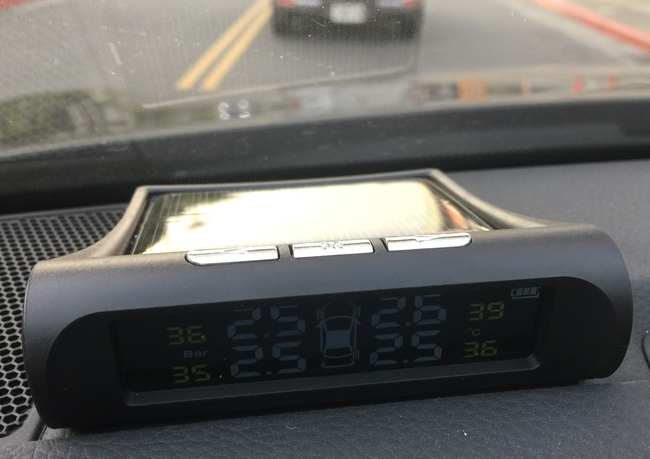
Why Trust Allion’s Vehicle Industry Ecosystem Consulting Services!
The issues mentioned above are all potential risks associated with the use of TPMS. By anticipating these issues in advance, developers will be able to assist users in establishing a first-rate user experience, thereby increasing trust in TPMS products.
Allion has a history of being involved in the vehicle ecosystem industry, specializing in environment simulation testing and quality verification. They are proficient in in comprehensive testing, verification, technical support, and solution provision, capable of assisting you throughout the entire product development process. Effectively, reducing compatibility issues that occur with TPMS peripheral equipment, while simultaneously ensuring your product development journey runs smoothly. Allion provides:
- Rapid establishment of vehicle system ecosystem
- Swift acquisition of development validation strategies
- Better and more comprehensive validation plans and user scenario simulation testing
- Professional issue isolation and debugging support
Faster
Allion provides professional testing techniques in addition extensive experience that provides you with rapid and accurate evaluations, effectively reducing design verification time. It has a comprehensive range of vehicle-system-related peripheral equipment, ensuring you receive the greatest quality control assistance for your products; equipped with a complete set of equipment and brand coverage.
Easier
Allion ensures that every verification assessment possesses “qualitative, quantitative, and reproducible” characteristics through AI and automated testing solutions. Its services assist you in simplifying the process in addition to enhancing the quality and performance of your product.
Better
Allion’s professional technical team has extensive experience. They understand how to design user experience verification and utilize usage scenarios for testing, ensuring your product performs as expected during practical applications. Additionally, Allion has long-term partnerships with internationally renowned manufacturers, assisting your product in achieving a superior user experience with greater comprehension within the ecosystems of major manufacturers.
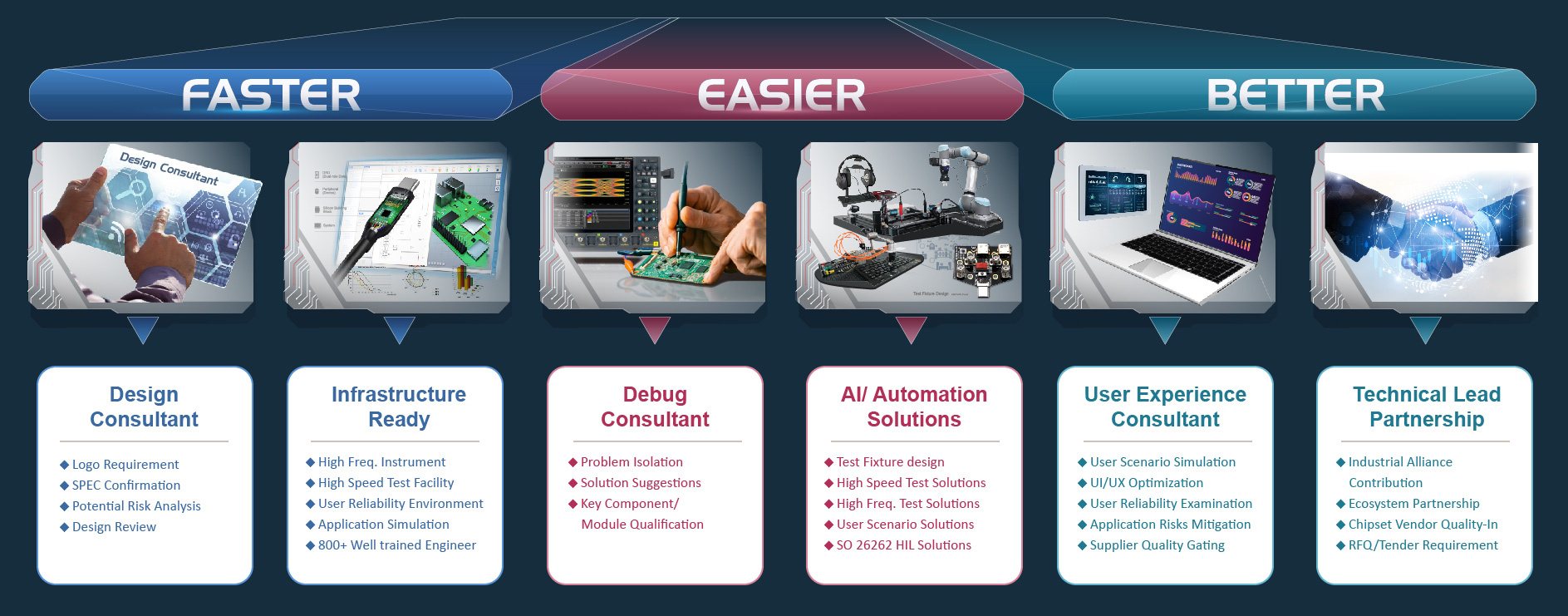
Please feel free to contact Allion regarding testing, verification, or consulting services through our online form. Allion’s service team will sincerely serve you!

































